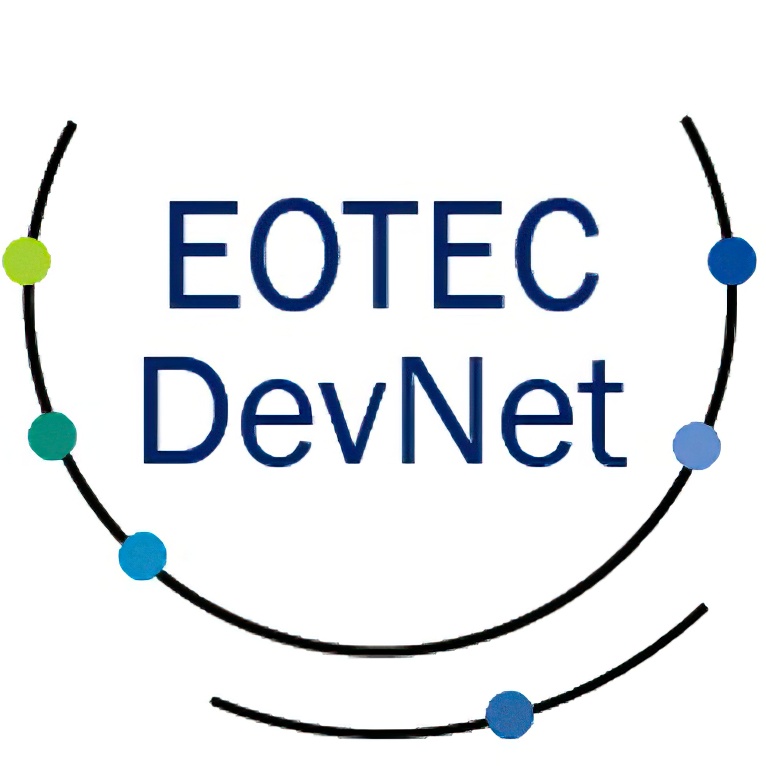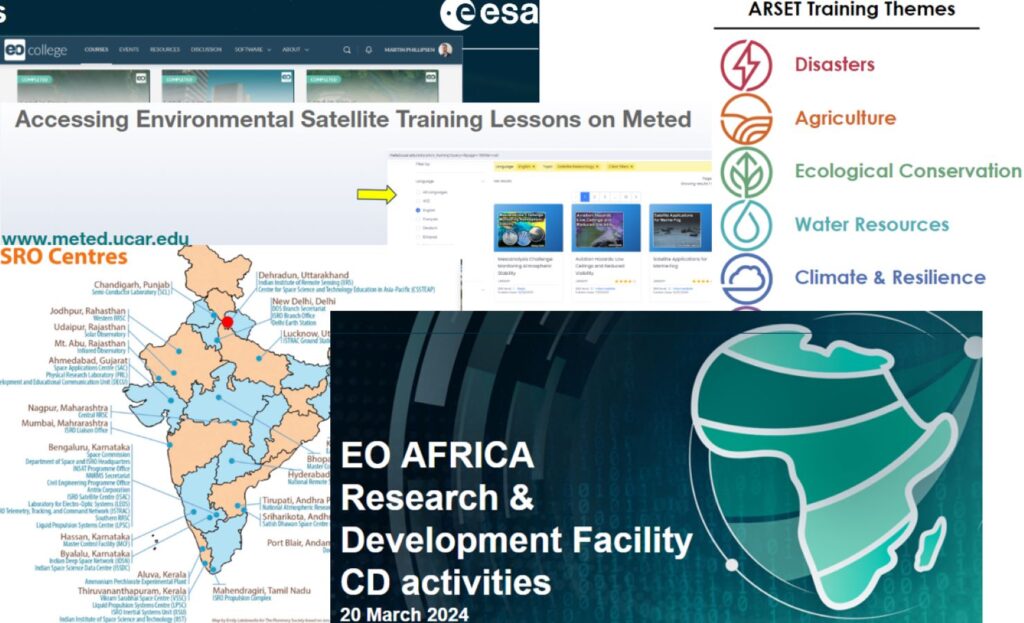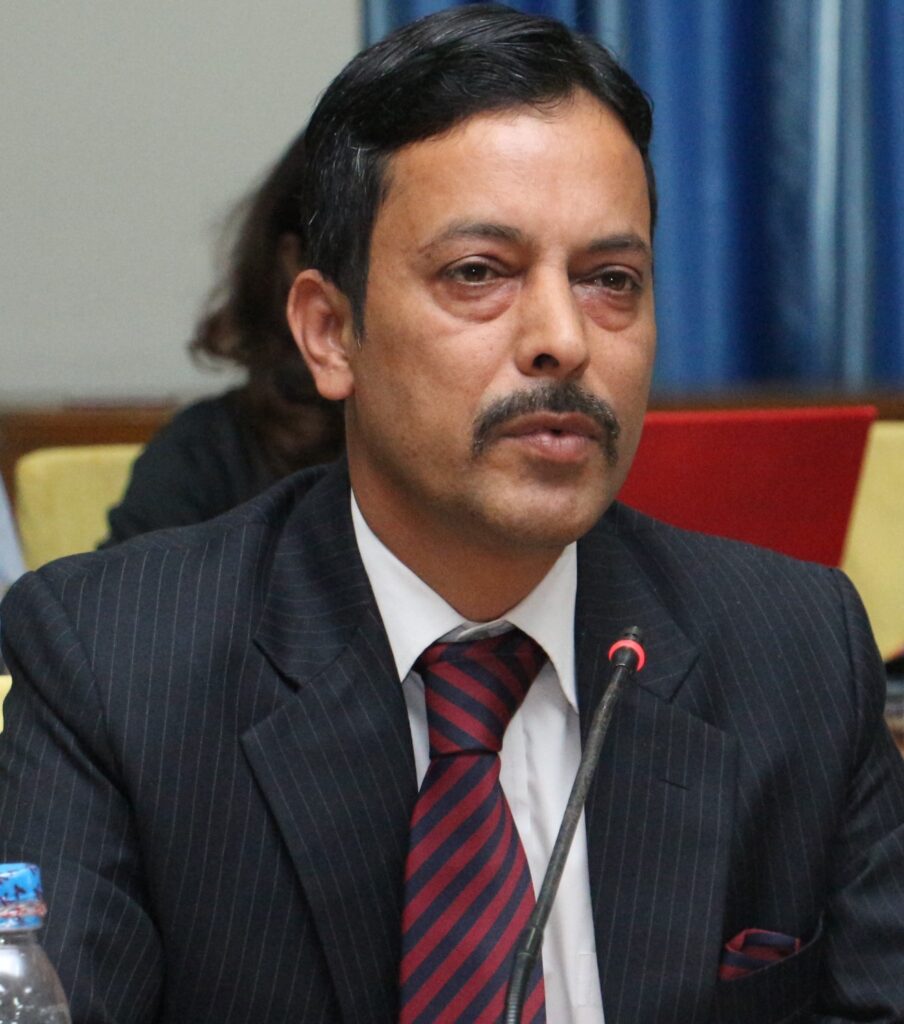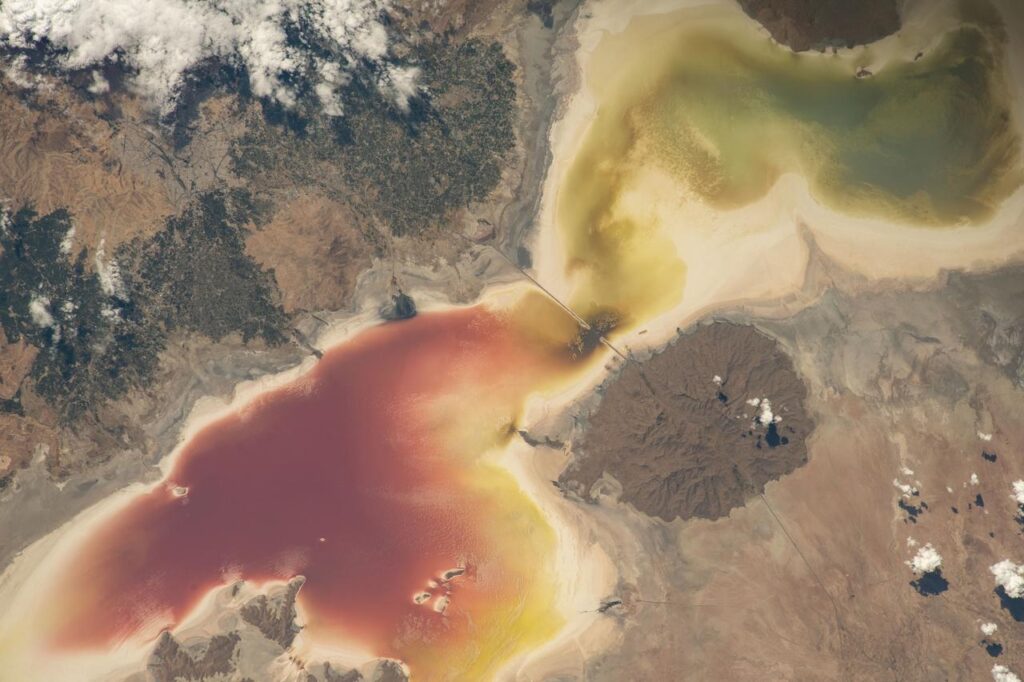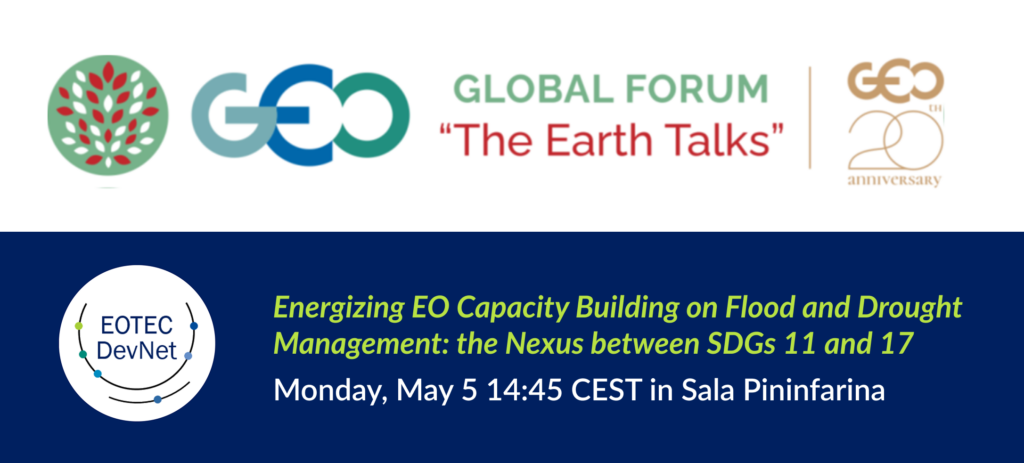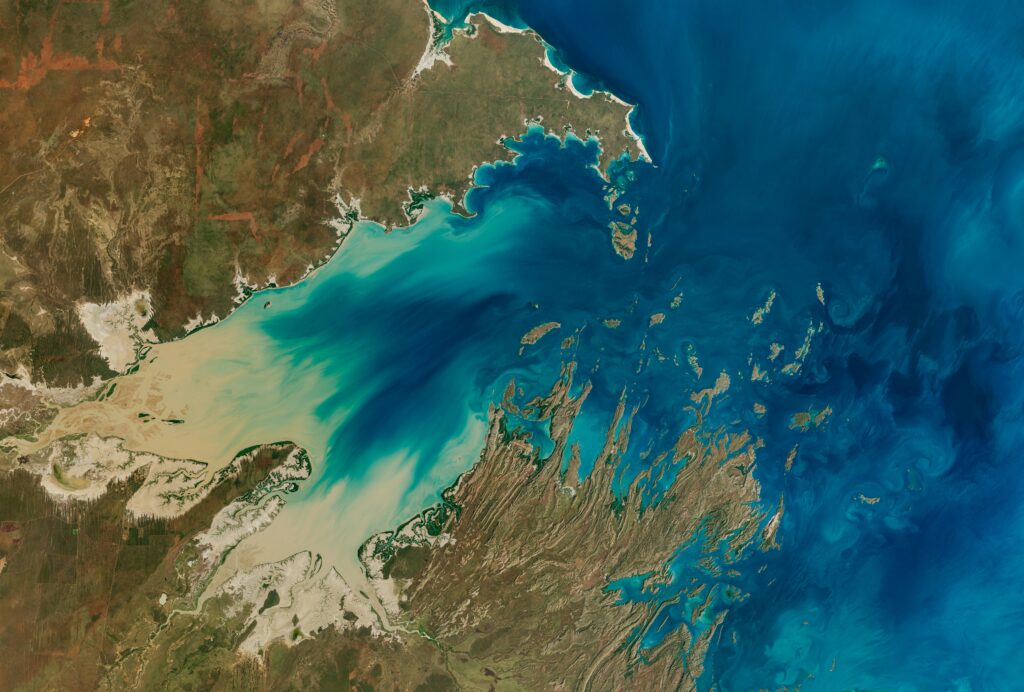EOTEC Communities Showcase Innovations, Synergies, And Capacity Building Opportunities
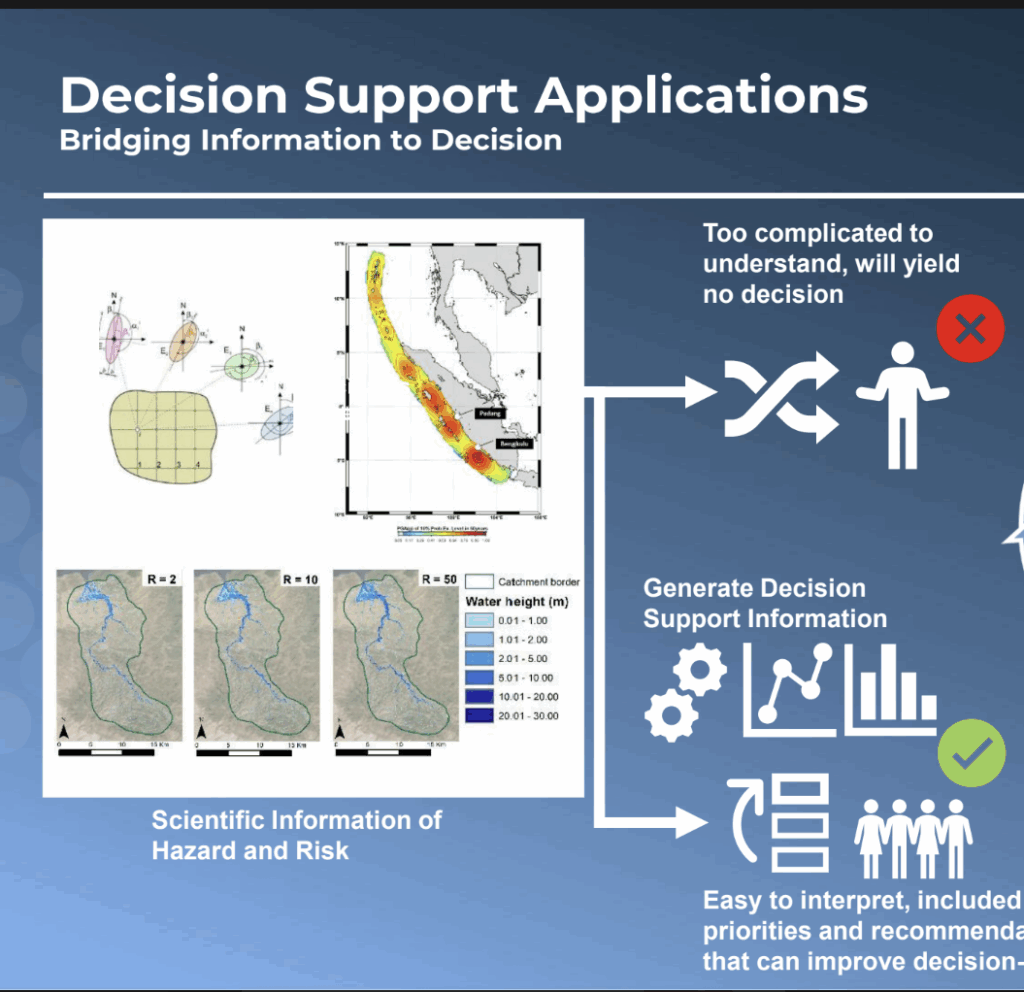
🌍🌎🌏 Regional CoP Highlights
EOTEC September regional community of practice meet-ups brought together partners from Africa, Europe, the Americas, and Asia-Oceania to share progress, align initiatives, and identify opportunities for joint action. Discussions highlighted the role of Earth observation in advancing global priorities – from early warning systems and disaster resilience to EO skills building for decision makers and youth engagement.
Thanks to our community of practice task team leads and all the amazing spotlight presenters. It was great to have a joint Africa-Europe meeting – we will look for more opportunities to combine regions.
Key resources (Detailed summaries below)
| Region | Topic | Speakers | Links |
| Africa-Europe | Opportunities within the Africa–EU Space Programme | Cecilia Donati, EU Space Partnership Program Meshack Ndiritu, African Space Agency Lorraine Youds, EUMETSAT, Strengthening Early Warnings for All | Slides Recording |
| Americas | Collaboration Synergies Across the Region | Claudia Herrera, Copernicus LAC Panama Center Ricardo Quiroga, AmeriGEO | Slides Recording |
| Asia-Oceania | Experiences Building Decision-Maker Capacity | Leong Yuen Yoong and Alex Goh Chun Meng, ASEAN Green Future Project Khaled Mashfiq, UNOSAT (UNITAR’s Satellite Centre) | Slides Recording |
Action items
- Join upcoming regional Drought Working Groups meet-ups:
- Africa – October 15 (13:00-14:15 UTC)
- Americas – October 15 (16:00-17:15 UTC)
- Europe – October 16 (13:00-14:15 UTC)
- Asia-Oceania – October 16 (04:00-05:15 UTC)
- Save Nov. 12 for our webinar: AI in EO Education.
- Check out our new EO Needs Assessment Guidance. Feedback and additional resources welcome – email secretariat@eotecdev.net
- Contribute photos, satellite imagery and other visualizations to our website “Image of the week”. Please help out – we need more content!
- Submit tools and capacity building resources for the Flood and Drought Tools Trackers.
- Flood tools and resources – HERE
- Drought Tools and resources – email to secretariat@eotecdev.net
- Join the conversation on our online member platform.
Summaries for each meet-up:
Africa–Europe Task Team Highlights
- Africa–EU Space Partnership was presented as a €100M Global Gateway flagship initiative, emphasizing collaboration on infrastructure, green transition, and digital transformation, with strong roles for African and European space agencies.
- SEWA Project (EUMETSAT/ECMWF/AU) aims to strengthen Africa’s capacity for space-based early warning systems, with planned activities in data access, cloud computing, impact-based forecasting, and training through regional meteorological centers.
- Capacity Building discussions stressed practitioner-level coordination, user-driven approaches, and public-private-academic partnerships to expand services, with proposals for webinars and a shared project database.
- Upcoming EO Events highlighted AfroGEO (Senegal, Oct 7–9), GMES in Africa Forum (Cairo, Dec 1–3), and the launch of a new EO capacity needs assessment tool; participants were encouraged to engage with the UN-SPIDER portal survey.
Americas Task Team Highlights
- Copernicus LAC Panama Initiative: Since 2024, the program has advanced integrated risk management and capacity building across Latin America and the Caribbean, with training programs, hackathons (103 teams, 750+ participants), and an upcoming regional data center.
- Operational Services: The initiative is developing 12 operational services and several pilots for flood, wildfire, and economic risk mapping, already activated 16 times in the past year. Partnerships with companies like Allsat Space and Indra are expanding collaboration opportunities, including with Caribbean users.
- Focus on user-driven approaches and practitioner-level coordination helps maximize training impacts.
- AmeriGEO 2025: Held in Colombia, the event gathered 1,700 in person and 16,000 online participants under the theme Earth Intelligence for All, with panels on biodiversity, health, agriculture, and ocean plastic monitoring.
- AmeriGEO elected new leadership and introduced proposals for new thematic areas. The Youth Summit reached 2,000+ participants (ages 10–18), creating collaboration opportunities with EOTEC on radar data, governance, and youth engagement.
- Opportunities for synergies across programs in data access, youth engagement, and capacity building.
- EOTEC: previewed an online EO needs assessment tool (formal launch in October) and shared updates on the UN-SPIDER knowledge portal survey to improve accessibility.
- Upcoming Activities: Participants were encouraged to engage in the LAGIRS conference (Brazil), NASA Space Apps Challenge, AI for education webinar, March training providers roundtable, the Bogotá matchmaking event (Nov 19–20), and Digital Alliance Week.
Asia–Oceania Task Team Highlights
- ASEAN Green Future Project shared work on decarbonization pathways across ASEAN, integrating Earth observation data into energy modelling for solar, wind, hydropower, and grid interconnections.
- Emphasis on climate resilience in energy planning: using EO data to anticipate risks from floods, typhoons, and sea-level rise.
- UNOSAT presented advances in disaster risk management, including AI- and machine learning–based rapid mapping for floods and damage assessments.
- Highlighted a long-term capacity development model combining training, decision-support tools, and technical backstopping, to ensure skills are retained in-country.
- Capacity building is essential to help decision makers apply EO insights.
- Key challenges identified: the discoverability of existing training resources, data reliability, evolving and dynamic nature of risk, and financing gaps that limit governments’ ability to act proactively.
- Opportunities for collaboration:
- Linking ASEAN Green Future to EO capacity building resources via EOTEC DevNet.
- Exploring regional approaches to risk management and energy modelling.
- Jointly assessing and validating emerging datasets and tools for local applicability.
